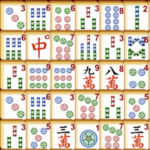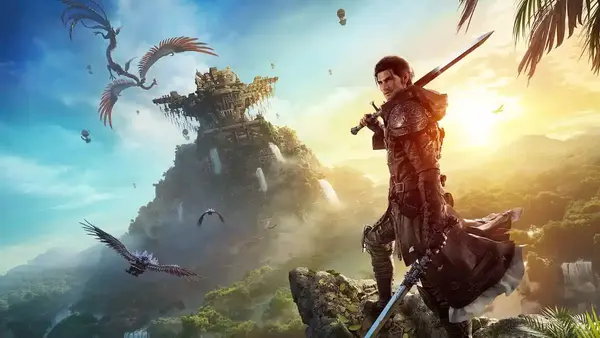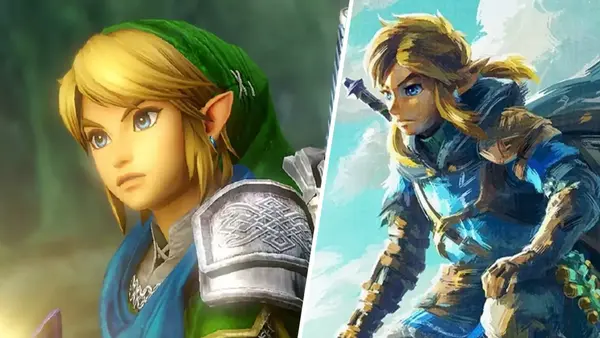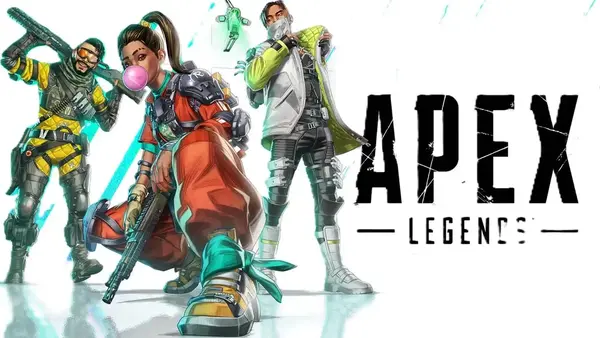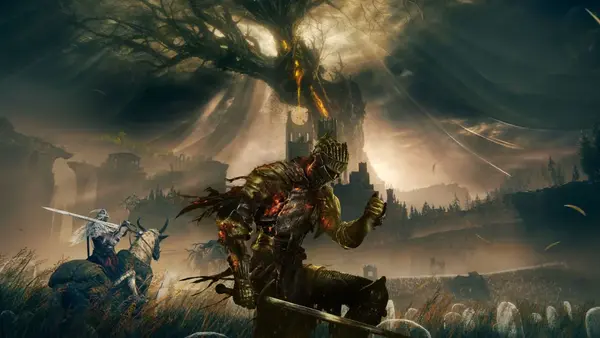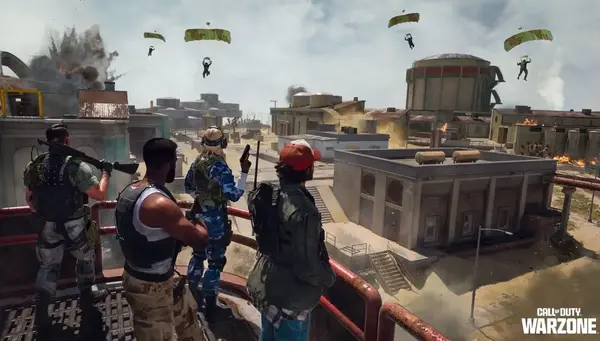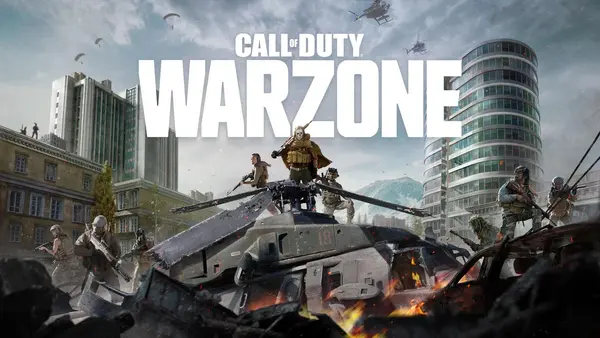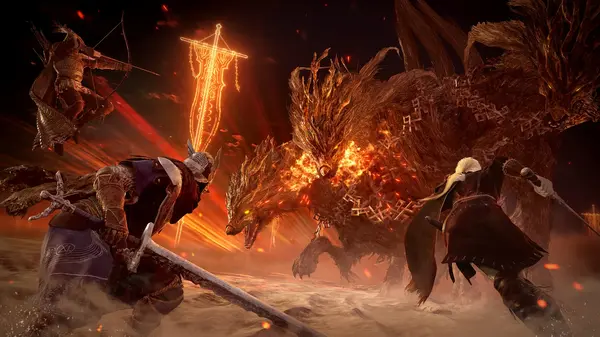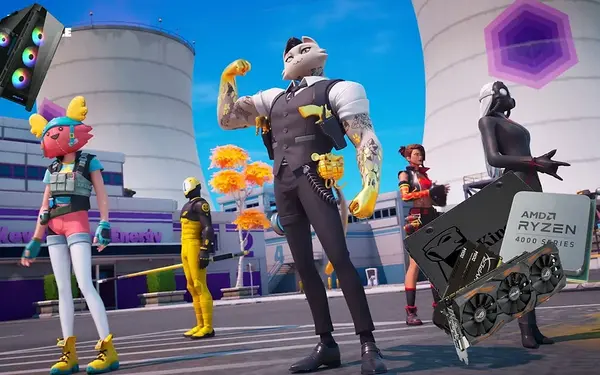League of Legends is a free-to-play competitive strategy game where two teams of five players battle to destroy each other’s Nexus — the heart of their base — while defending their own. With over 160 champions to choose from, players must work together, leveraging unique abilities, strategic decision-making, and precise mechanics to win.
The game has become a staple of modern gaming culture, driving forward both the esports industry and the free-to-play business model. With constant updates, new champions, and an active player base, League of Legends is more than a game — it's a living, breathing world.
2. The Origins and Development Timeline
The Birth of a Giant
League of Legends was conceptualized by former DotA players and developers, aiming to refine and expand upon the popular Warcraft III mod Defense of the Ancients. Riot Games officially launched the game on October 27, 2009, featuring a smaller champion roster and a single core map: Summoner’s Rift.
Key Development Milestones
-
2010–2013: Growth of champion pool and introduction of ranked ladder.
-
2013–2015: Riot builds the foundation for competitive esports.
-
2016–2019: Major visual and gameplay reworks, including rune systems and champion overhauls.
-
2020–2024: Expansion into multimedia with Arcane, mobile spinoff Wild Rift, and more extensive lore development.
Today, Riot maintains League of Legends with bi-weekly patches, events, cinematic trailers, and champion lore expansions, keeping the experience fresh.
3. Core Gameplay Mechanics and Objectives
Map Objective: Destroy the Enemy Nexus
The central goal in a standard League match is to push through enemy defenses and destroy the Nexus. The game typically lasts between 25 to 45 minutes and is played on a three-lane map — Summoner’s Rift — with each lane defended by turrets and inhibitors.
Core Gameplay Elements
-
Champions: Players choose from a large roster, each with unique skills.
-
Minions and Gold: Killing minions grants gold used to buy items for power progression.
-
Jungle Monsters and Objectives: Teams contest dragons, Baron Nashor, and Rift Herald to gain advantages.
-
Teamfighting and Strategy: Success often depends on coordination, vision control, and tactical execution.
League rewards both mechanical skill and strategic planning, making each match feel unique and intellectually engaging.
4. Champions and Roles Explained
Understanding Champion Roles
Each player assumes a role that dictates their responsibilities in a match:
-
Top Lane: Bruisers, tanks, and duelists who sustain long battles.
-
Jungle: Champions who farm jungle camps and help lanes through ganking.
-
Mid Lane: Burst mages or assassins responsible for controlling the map.
-
Bot Lane (ADC): Ranged damage dealers who scale into late game.
-
Support: Utility champions who protect teammates and control vision.
Champion Diversity
League of Legends boasts over 160 champions, each offering distinct mechanics, playstyles, and lore. From sword-wielding warriors to cosmic entities, the variety ensures a steep yet satisfying learning curve.
Champion Design Highlights
-
Yasuo and Yone: Agile swordsmen known for high skill expression.
-
Lux and Morgana: Powerful mages with crowd control and utility.
-
Thresh and Blitzcrank: Iconic support champions known for game-changing hooks.
5. Summoner’s Rift and Other Game Modes
The Flagship Map: Summoner’s Rift
Summoner’s Rift is the battleground for both casual and competitive play. The map features three lanes (top, mid, bot), a jungle area with neutral monsters, and key objectives like Dragons, Baron Nashor, and Rift Herald.
Additional Game Modes
League also offers temporary and permanent alternative modes:
-
ARAM (All Random All Mid): Fast-paced single-lane mode.
-
Teamfight Tactics (TFT): Auto-battler using LoL’s champion roster.
-
URF and Nexus Blitz: Fun, chaotic modes with reduced cooldowns and map changes.
These modes allow players to experience League in more casual, creative ways while taking a break from ranked intensity.
6. Ranked Play and Competitive Structure
Climbing the Ladder
Ranked play allows players to test their skills and climb through tiers:
-
Iron → Bronze → Silver → Gold → Platinum → Diamond → Master → Grandmaster → Challenger
Winning games increases LP (League Points), while losses result in LP deductions. Rank resets occur at the start of each season, keeping competition fresh.
Rewards and Progression
Ranked players earn:
-
End-of-season rewards (chromas, icons, emotes)
-
Prestige and bragging rights
-
Season-long progress tracking
Ranked is a major motivator for competitive-minded players, adding a compelling long-term goal to the gameplay loop.
7. Esports: League of Legends on the Global Stage
Birth of an Esports Powerhouse
League of Legends helped define the structure of modern esports. The first World Championship took place in 2011, and it has since evolved into a multi-regional ecosystem with millions of fans worldwide.
Major Competitive Leagues
-
LCK (Korea)
-
LPL (China)
-
LEC (Europe)
-
LCS (North America)
-
CBLOL, PCS, VCS, and others
Each region sends its top teams to international events like Mid-Season Invitational (MSI) and Worlds, culminating in high-stakes, professionally broadcasted tournaments with huge viewership.
8. Community, Culture, and Content Creation
Streamers, Cosplay, and Fan Art
League has inspired a vast community of content creators, streamers, and cosplayers. Twitch and YouTube are filled with pro analysis, champion guides, montages, and meme content.
Riot’s Cultural Contributions
Riot’s ventures into media — including Arcane, the Emmy-winning Netflix series — have expanded the game's universe to new audiences. They’ve also released music under the virtual bands K/DA, Pentakill, and True Damage.
Community Events
-
Seasonal events (e.g., Lunar Revel, Star Guardian)
-
Interactive client experiences
-
In-game lore journals and comic tie-ins
League’s world-building keeps the community engaged far beyond gameplay alone.
9. Pros and Cons of League of Legends
Pros
-
✅ Deep and Strategic Gameplay: High replayability and skill expression.
-
✅ Diverse Champion Pool: Over 160 champions with unique playstyles.
-
✅ Global Esports Scene: Industry-leading tournament infrastructure.
-
✅ Constant Updates: Regular patches, new content, and seasonal events.
-
✅ Expansive Lore and Universe: Supported by shows, music, and multimedia.
Cons
-
❌ Steep Learning Curve: Overwhelming for beginners.
-
❌ Toxic Community Behavior: In-game negativity remains a persistent issue.
-
❌ Time Investment: Matches can be long and require high focus.
-
❌ Balance Issues: Frequent patch changes can frustrate veteran players.
-
❌ Solo Queue Frustration: Team reliance can hinder individual progression.
10. Final Verdict and Rating
| Category | Rating (Out of 10) |
|---|---|
| Gameplay | 9.5 |
| Visuals and Design | 8.5 |
| Accessibility | 7.0 |
| Esports Scene | 10.0 |
| Community Engagement | 8.5 |
| Overall | 8.9 |
Conclusion
League of Legends is a game that has stood the test of time. Its blend of strategy, mechanics, art, and storytelling keeps millions coming back, whether they're grinding the ranked ladder or cheering on their favorite esports team. While it has its flaws — including a sometimes toxic player base and complex onboarding for new players — it remains a towering achievement in gaming.













